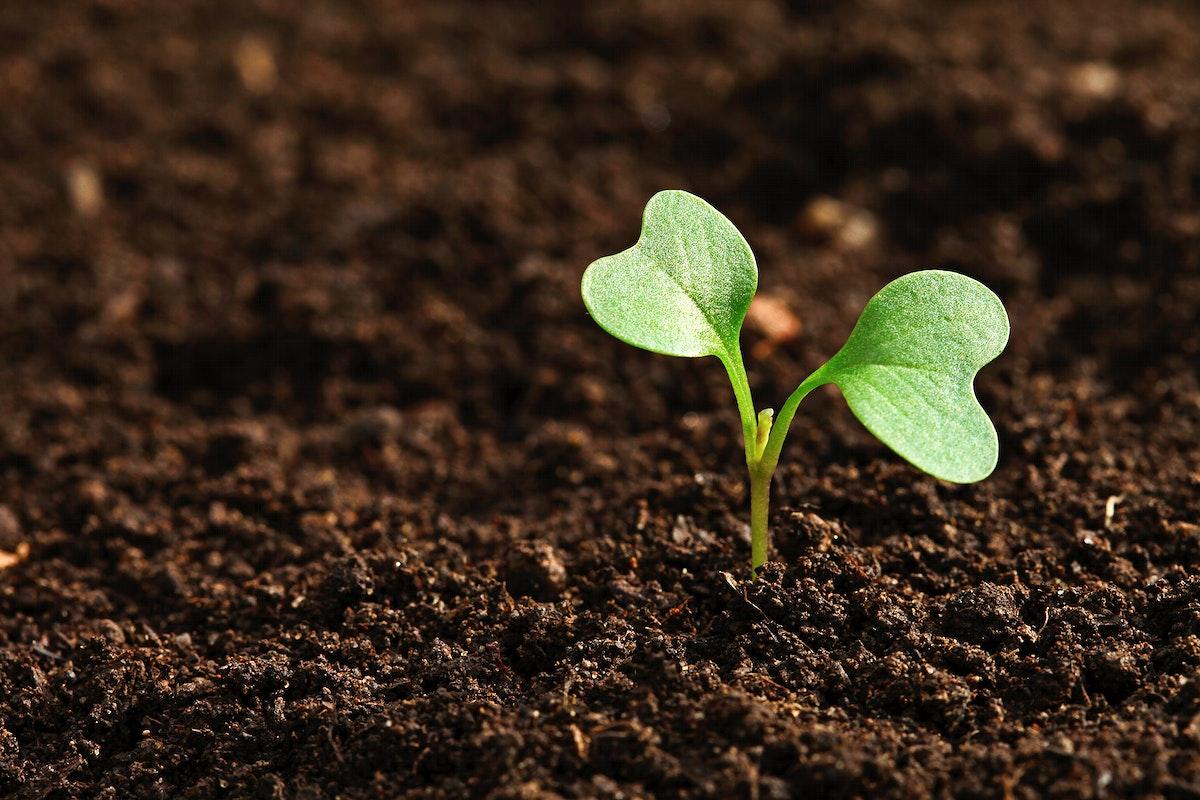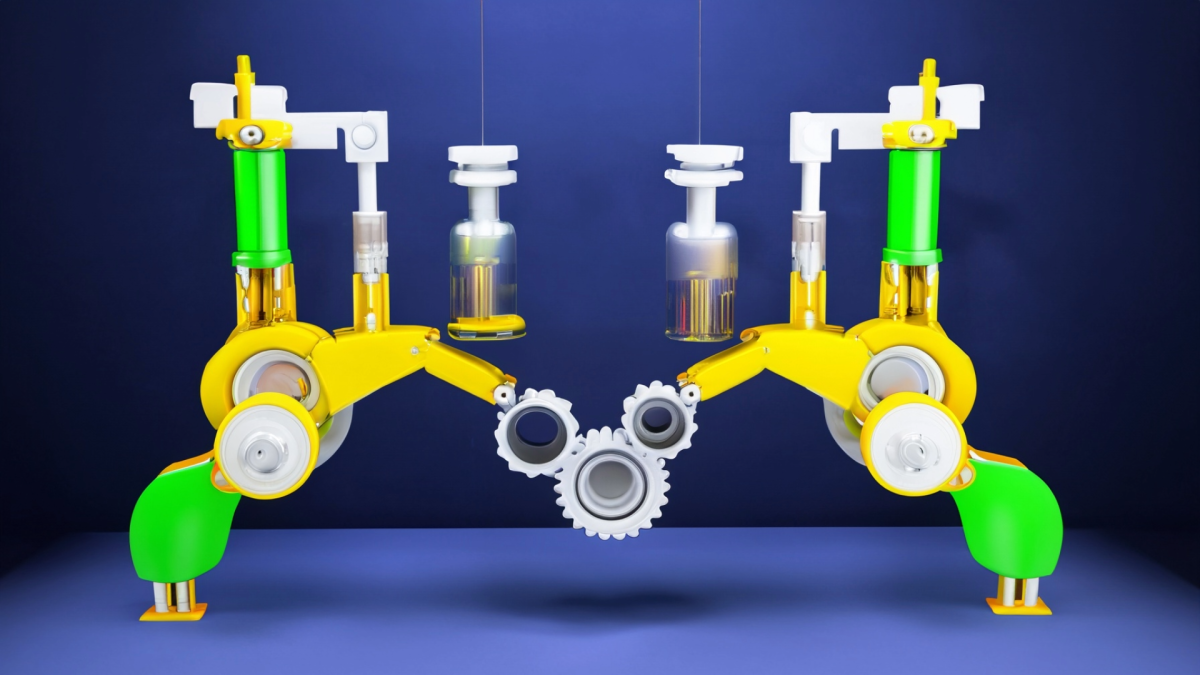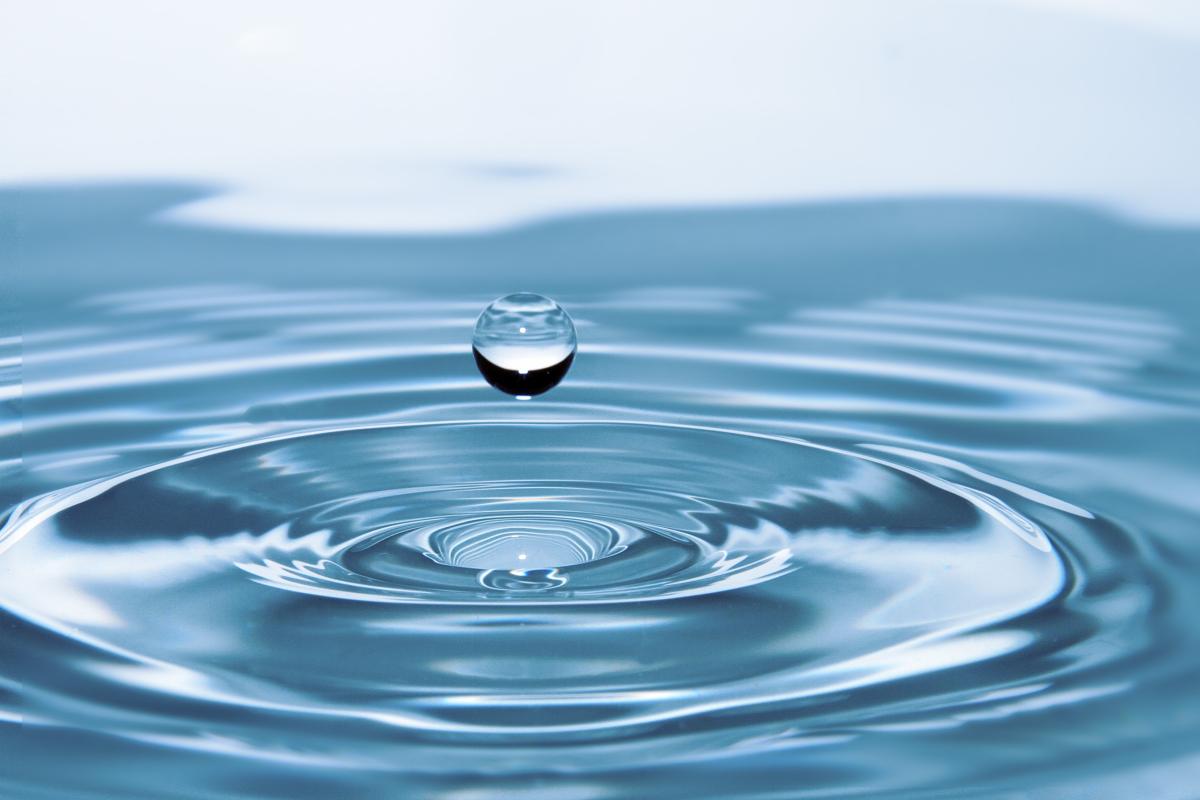Grades:
7th Grade
Students will learn the parts of the microscope, how to calculate the magnification, how to focus the microscope, as well as draw what they see in the field of view. Students will also write their
Grades:
6th Grade
In this engaging lesson, students create simple paper models of water sheds in class and explore hazards to waterways through an online interactive. They make connections between water stewardship and
Grades:
6th Grade, 7th Grade, 8th Grade
In this engaging lesson, students explore and observe thermal shock by watching marbles bake and placed in ice water. Science and math concepts are covered in this unique lesson as well as visual arts
Grades:
9th Grade, 10th Grade, 11th Grade, 12th Grade
This lesson uses a Modeling Instruction approach to developing the graphical and mathematical relationship commonly known as Newton's 2nd Law for students in Grades 9-12. Students design an experiment
Grades:
9th Grade, 10th Grade, 11th Grade, 12th Grade
Using the Introduction to Hydroponics lab, introduce students to the features of the Hydroponic Systems. Students will explore the different types of grow mediums and grow lights used in the systems
Grades:
5th Grade
This engaging lesson places an emphasis on how oil adversely affects the environment and animal habitats. Students complete a hands-on activity to replicate an oil spill and then develop a
Grades:
6th Grade
Students will use a Scratch template to make a model of the seasons, one from a view above the ecliptic, one to the side of the ecliptic and then a distance-time graph. Students will be using their
Grades:
3rd Grade
In this engaging lesson, students will discover that technology is not limited to electronics and cars, but that it is all around us. It is essential for students to understand that most things were
Grades:
5th Grade
In this hands-on lesson, students code Edison robots to run races and play tug of war. They will run experiments, measure results, and graph the data. Videos and additional resources are included!
Grades:
6th Grade, 7th Grade, 8th Grade
Students will create their own cookie cutters to fill a custom order in their bakery. They will need access to 3D design software like Tinkercad and access to a 3D printer. It's even more fun when you
Grades:
4th Grade, 5th Grade
In this lesson, students will be creating and publishing a picture book describing the journey of a seed to becoming a plant. Students describe the journey of the seed through its own eyes by
Grades:
7th Grade
In this lesson students will discuss how contact forces cause energy to be transferred and objects to move. They will learn that sound waves involve contact forces. Students will consider how contact
Grades:
6th Grade
In this 1st lesson in a series of 3, students learn about the Great Pacific Garbage Patch. They create a model and write and defend a claim about humanity's ability to mitigate the problem. This
Grades:
6th Grade
A mixture of 5E lessons on Nearpod and an accompanying hands-on activity to help students see that gravity works at a distance and is affected by mass. Students will be writing a conclusion based on
Grades:
6th Grade
In this lesson, students will collaborate to design and engineer a product to contain and clean up an oil spill while saving the affected wildlife. They will also accurately complete an itemized
Grades:
2nd Grade
This lesson is to introduce students to coding using EdScratch and Edison Robots. Students use LEGOs to build a house for grandma and figure out a way to keep her safe.
Grades:
6th Grade
Students explore the limiting factors of yeast over 2-3 days. The materials needed are yeast, sugar, water, ice, tea kettle, empty soda or water bottles, balloons, graduated cylinder, string, ruler
Grades:
6th Grade
Students will explore energy, electricity, and engineering in this hands-on lesson using the Kidwind kit to create a wind turbine.
Grades:
8th Grade
In this lesson students will gather data about local tree diameters. They will then estimate the approximate age of trees. Students build connections between a tree’s growth and environmental factors
Grades:
5th Grade
In this engaging lesson, students work together to design a water filtration system to separate pollutants from water. This lesson takes about 120 minutes to complete. Various resources are included!
Grades:
7th Grade
This is Task 3 (Lesson 3) of four tasks (lessons) of an overall project entitled “Escaping 7th Grade Science Room”. Students will construct a 3D model of both an animal cell and human cell. They will
Grades:
4th Grade
This 90-minute lesson is focused on ELA with integration on Science and Engineering. The lesson will discuss about Ecology for Kids which target skill is getting the main idea and supporting details
Grades:
4th Grade, 5th Grade, 6th Grade
Summary: Students will design and create a model of a flowering plant that correctly displays its external structure. Materials: Straws, toothpicks, felt, paper, string, wooden skewers, modeling clay
Grades:
5th Grade, 6th Grade
Students create a stop motion movie that explains a pattern on Earth that is caused by the Earth's rotation and revolution around the sun. Required materials include iPads, construction paper, and
Featured Lesson Plans
Check out these notable lesson plans.

Featured
Pumpkin Jack Part One
Grades:
4th Grade
This lesson includes fourth grade reading, writing, math, science, and engineering standards. The potential is endless with additional enrichment activities. Students participate in the nurturing and

Featured
Simple Machines Save the Day
Grades:
5th Grade
In this lesson students read about simple machines and learn that simple machines make it easier to lift or move things and that they can change direction and magnitude of force. Students use LEGOs to

Grades:
6th Grade
Students are tasked with using the Engineering Design Process to create a system of harvesting rainwater to meet the needs of residents in communities that have a scarce water supply (shortage of


